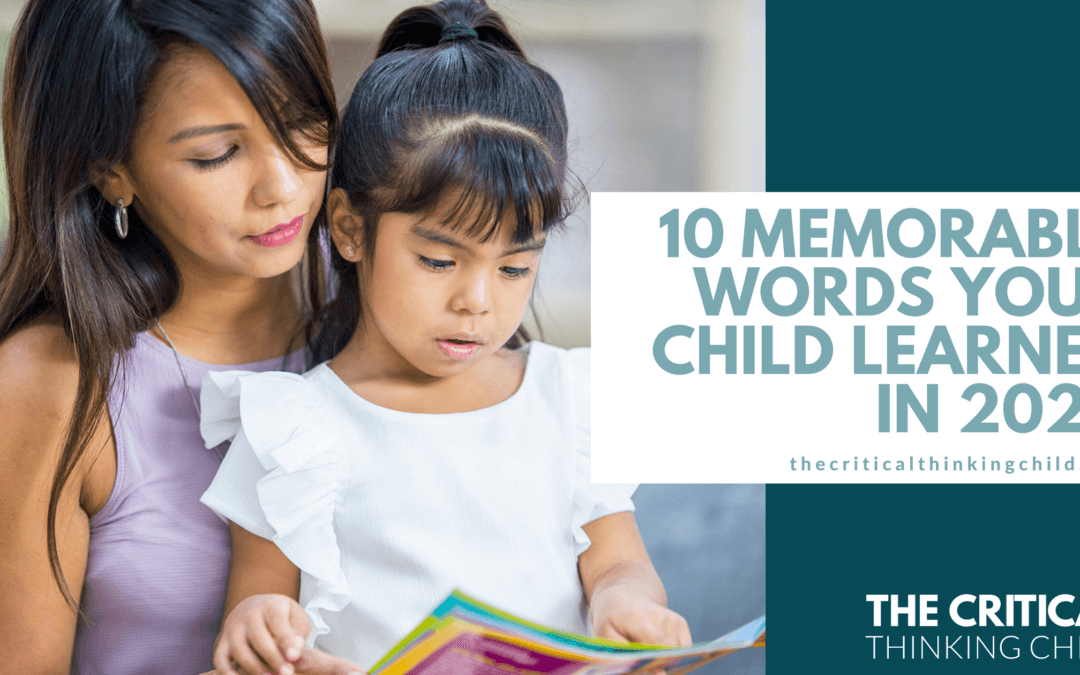2020 has been an unprecedented year full of new concepts that have made up our new normal. As we look back over the past year, here are some terms you never thought you and your child would need to know but now can never forget.
- Asynchronous/Synchronous: While these terms were around before 2020, this year has given them a new meaning. In remote and distance learning, asynchronous learning refers to assignments or pre-recorded lessons that students complete rather than live facetime with the teacher. Conversely, synchronous instruction happens when students are directly learning from the teacher in real time, either face-to-face or remotely. Explaining this difference to your child can help them adjust to new school structures and routines.
- Remote/Online Learning: Remote learning has been an emotionally-charged buzzword this year. School districts have shifted from remote learning to face-to-face learning over and over again, bringing up worries about case counts and positivity rates. Some families have chosen to participate in small “learning pods” with other families that have similar-aged children. For children experiencing remote learning, it’s important to normalize their frustration and confusion and explain that their schools are making these decisions to keep them safe.
- Hybrid: Hybrid learning has different meanings across school districts, but it typically refers to a mix of remote and in-person instruction. If your child is experiencing hybrid learning, talk to them about why their school made these choices and why they can’t go back completely to normal.
- Zoom: We all know about virtual Zoom calls at this point, and your child is likely one of the savvier users in the family! Allow your kids to take a leadership role in this by showing the family some of the features they use at school.
- Pivot: Pivot has taken on a new meaning in 2020 as well. Children and adults alike have had to adapt like never before to new circumstances and routines that change by the day. Your child has been pivoting without even realizing it, reimagining their roles as learners during virtual learning.
- Pandemic: Many of us were familiar with the term epidemic, but the coronavirus pandemic was the first pandemic that most of us have experienced. A pandemic is more widespread than an epidemic, affecting people across the world. This is a good opportunity to teach your child about pandemics in history like the Spanish flu, and it opens a discussion about what is different in medicine and society today versus 100 years ago.
- Social Distancing: A term unheard of prior to March 2020, we all now know that social distancing means staying at least 6 feet away from others and limiting your social circle to have contact with as few people as possible. You can discuss this with your child and explain the importance of social distancing so they can feel some agency in helping stop the spread of COVID-19 and other illnesses.
- Vaccine: For many around the world, the coronavirus vaccine has been the ray of hope sustaining us through these dark times. The recent news that three different coronavirus vaccines are safe, effective, and distributable is starting to give us a light at the end of the tunnel! If your child has been fearful or anxious about health during this time, showing them the vaccine news can really help alleviate some of these worries.
- Mindfulness: Mindfulness has had a moment in 2020 as people are struggling to handle the abrupt changes to their lives and routines. Mindfulness is about being in the present moment on purpose. You and your child can practice mindful walking by really noticing what’s around you, or you can even experience mindful chores by feeling the way the warm water touches your hands as you do dishes! Staying in the present moment is a helpful way to cope with all the uncertainty 2020 has brought to us.
- Plexiglass: Seeing essential workers like grocery store clerks with plexiglass screens protecting them all feels a bit like a science fiction movie, and these new sights may frighten young children. Again, explain why plexiglass helps keep these workers safe so your child is less confused or bothered by this new normal.
Conclusion
Like everything in 2020, the vocabulary is new and sometimes confusing. Helping your child grasp these important terms is one step to helping them make sense of our current situation and manage their feelings until regular life resumes.



